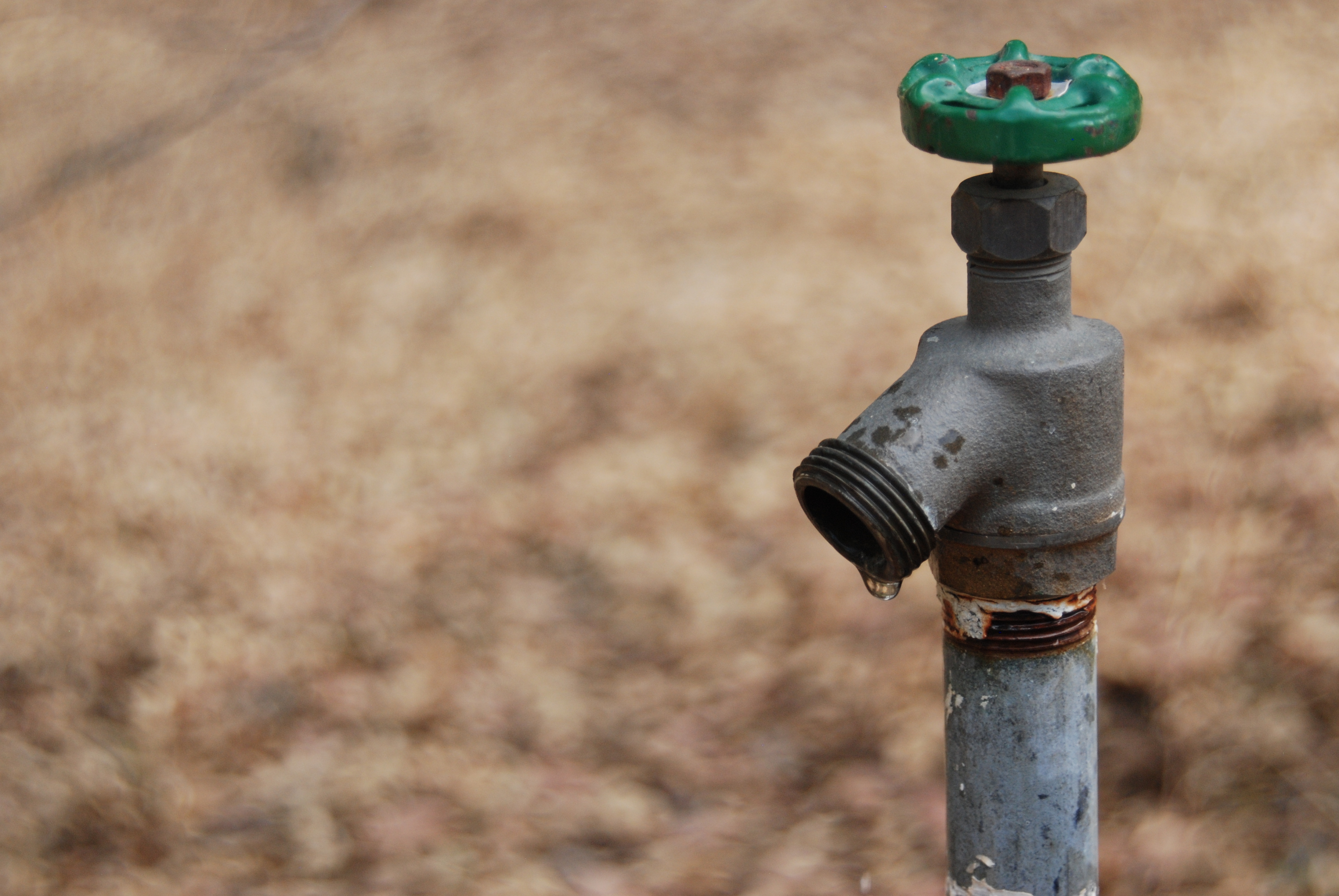
With all that’s happening right now, it can be difficult to pay attention to anything other than the news of the day. I’m focused on groundwater; how we use it – and use too much; how we protect it from pollution – or don’t; and how we can ensure that it’s available when we need it. And even on a day when we’re not focused on a pandemic, groundwater can be easy to forgot about -- it's our invisible resource.
The fact that it’s unseen doesn’t mean groundwater isn’t a critical piece of our lives. In California we depend upon groundwater to ensure that streams continue to flow for all or most of the year and a supermajority of Californians (about 30 million) rely on groundwater for all or part of their water supply. During droughts, our reliance on groundwater increases dramatically – by about 50 percent historically. And a warming climate and the increasing likelihood of drought will make this resource even more important.
This year the Sustainable Groundwater Management Act (SGMA), passed in 2014, is finally becoming reality. This is huge. SGMA requires the state’s major groundwater basins to create plans to manage groundwater sustainably. The first plans were submitted at the end of January. These plans represent the most problematic basins in the state, where critical levels of over-pumping have endangered the areas’ long-term sustainability. The rest of the basins must submit their plans by January 2022. Each basin has 20 years to reach sustainability – that is, a point where long-term extractions equal long-term recharge.
Clean Water Action is working with groundwater allies to analyze most of the submitted plans (31 out of 47). On the plus side, every basin but one has met the statutory deadline for developing plans. Unfortunately, most plans lacked sufficient input from those impacted by falling water levels, which will continue to fall as long as the basins avoid taking urgent actions to achieve sustainability. As currently written, these plans will allow tens of thousands of shallow wells (used by small communities and rural homeowners) to go dry, and will endanger habitat for migrating birds and iconic California species.
What’s next? We have until May 15 to submit comments on these plans, each of which run between 800 and 1300 pages. The California Department of Water Resources has 2 years to evaluate each plan and determine whether it is adequate. We’re urging DWR to require improvements, like better monitoring systems, early actions to reduce water demand and mitigation programs to help those whose water supply is threatened.
This is going to be hard. Making our water budgets balance is going to force California to confront difficult decisions about land use, water rights and the true meaning of “sustainable agriculture.” But it’s a conversation we must begin sooner rather than later in order to be prepared for our climate future – and to avoid disproportionate impacts on communities and the environment.
This is how I’m spending my days working from home. If you want to learn more about the exciting world of groundwater advocacy, visit our website at www.cagroundwater.org. And read the groundwater blogs on this page to see how advocates around the state think and talk about groundwater.



